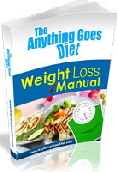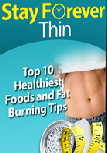
Know Facts
To Know Or Not To Know …




Vitamin B2 - riboflavin
Vitamin B2 is an easily absorbed micronutrient with a key role in maintaining health in humans and animals.
It is the central component of the cofactors FAD (flavin adenine dinucleotide) and FMN (flavin mononucleotide). As such, vitamin B2 is required for a wide variety of cellular processes.
It plays a key role in energy metabolism, and for the metabolism of fats, ketone bodies, carbohydrates, and proteins.
Sources
Yeast extract is considered to be exceptionally rich in vitamin B2, and liver and kidney are also rich sources.
Wheat bran, eggs, meat, milk, and cheese are important sources as well. Cereals contain relatively low concentrations of vitamin B2. Here is a list of foods with the highest content of riboflavin.
Daily intake
The recommended intake of riboflavin for adult men and women are 1.3 mg/day and 1.1 mg/day, respectively.
Recommendations for daily riboflavin intake increase with pregnancy and lactation to 1.4 mg and 1.6 mg, respectively.
Deficiency
In humans, signs and symptoms of riboflavin deficiency (ariboflavinosis) include dry and scaling skin, cracked and red lips, inflammation of the lining of mouth and tongue, mouth ulcers, cracks at the corners of the mouth (angular cheilitis), a sore throat and anemia. The eyes may also become bloodshot, itchy, watery and sensitive to bright light.
Excess
Riboflavin is not toxic when taken orally, as its low solubility keeps it from being absorbed in dangerous amounts in the digestive tract. Excessive intake is excreted in the urine, imparting a bright yellow color when in large quantities.
So in humans, there is no evidence for riboflavin toxicity produced by excessive
intakes. Intakes of 400 milligrams per day have been tolerated without short-
Copyright: Know Facts -
